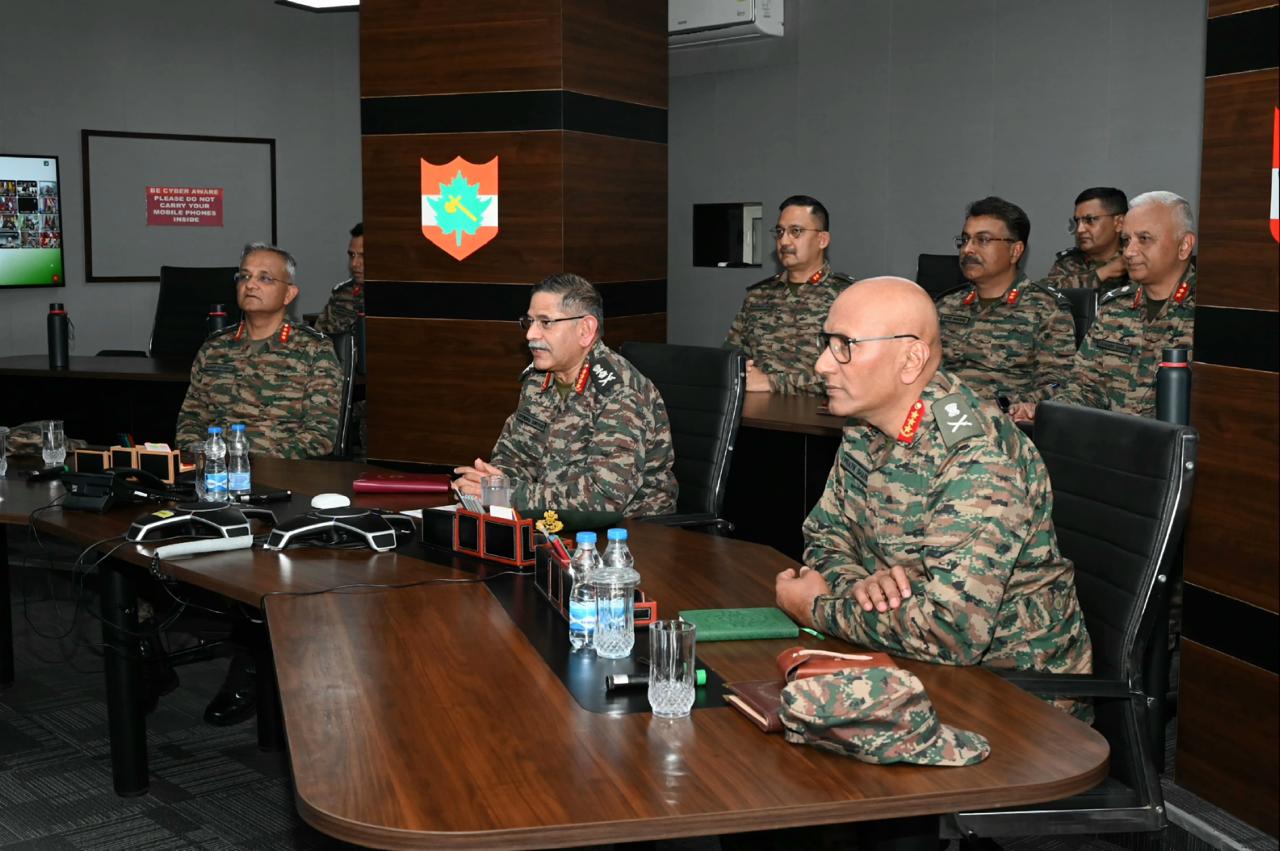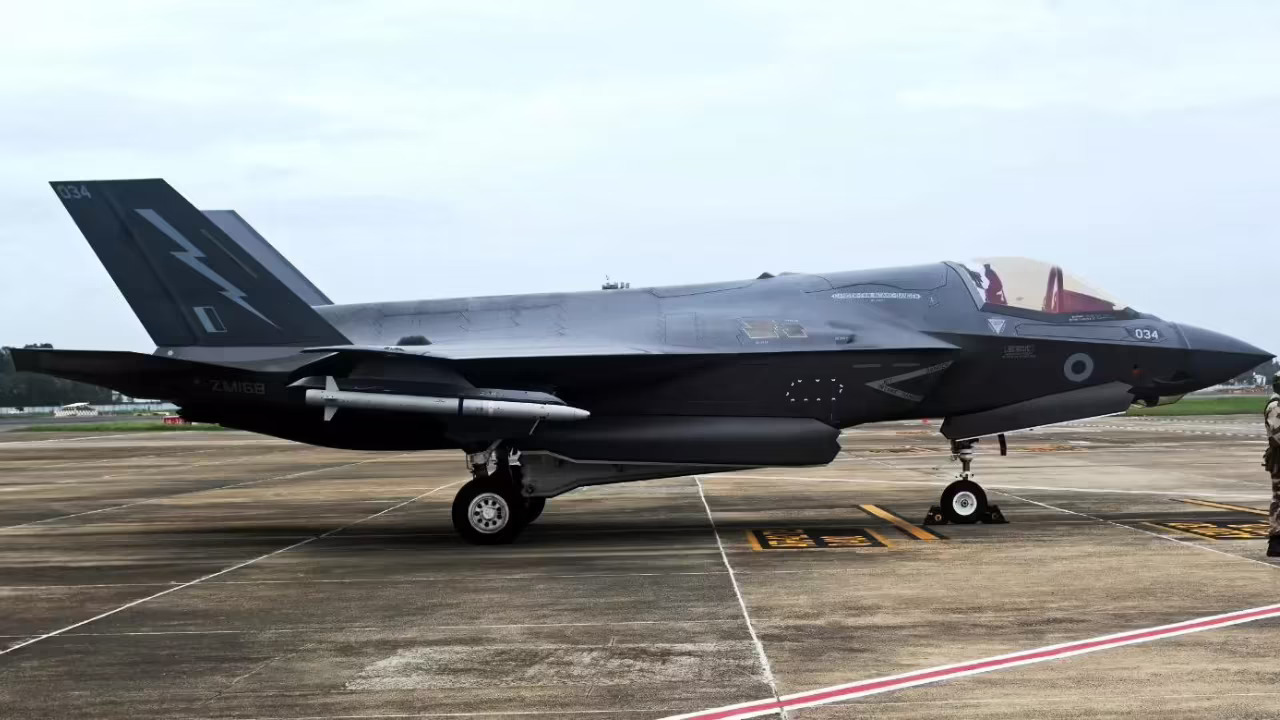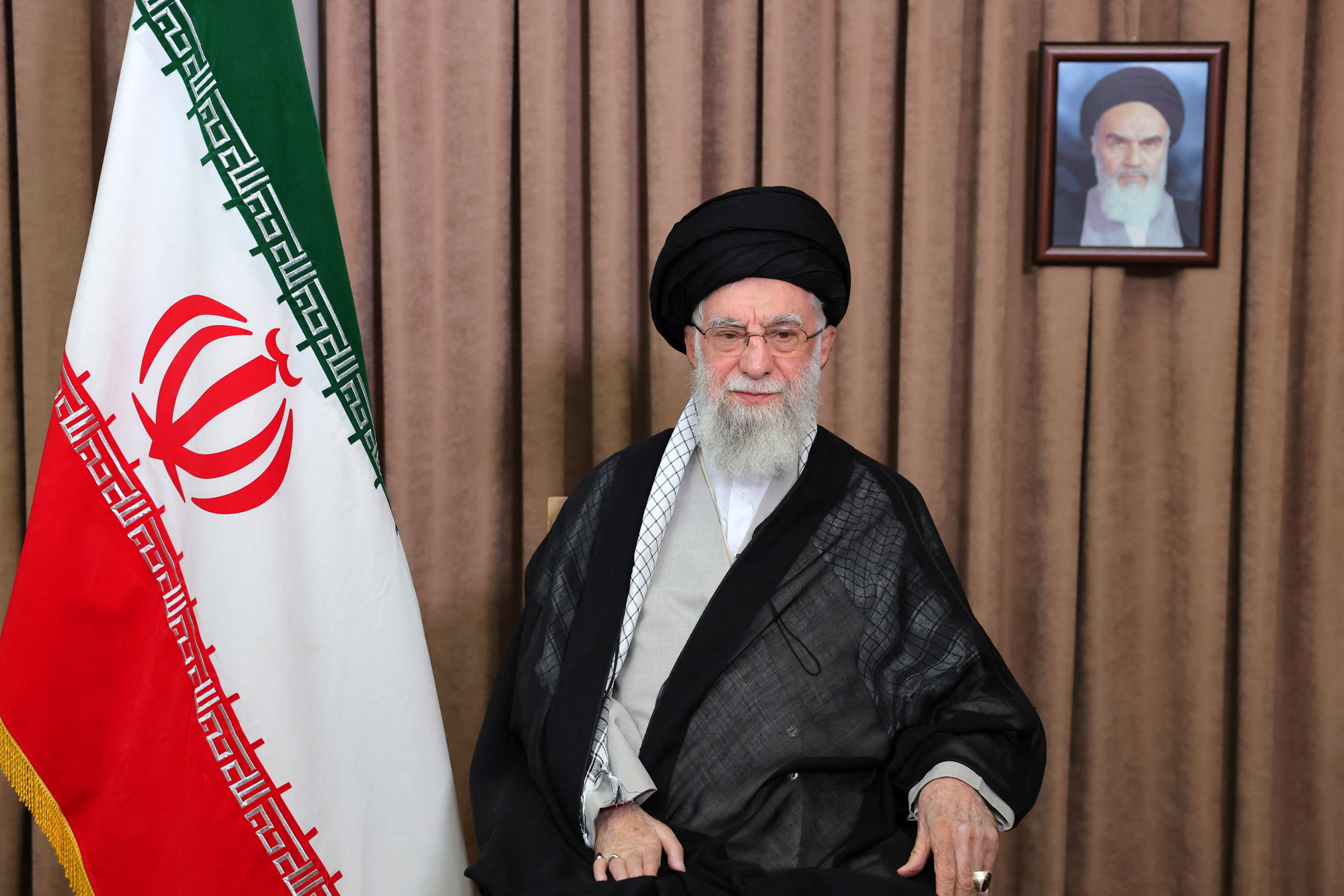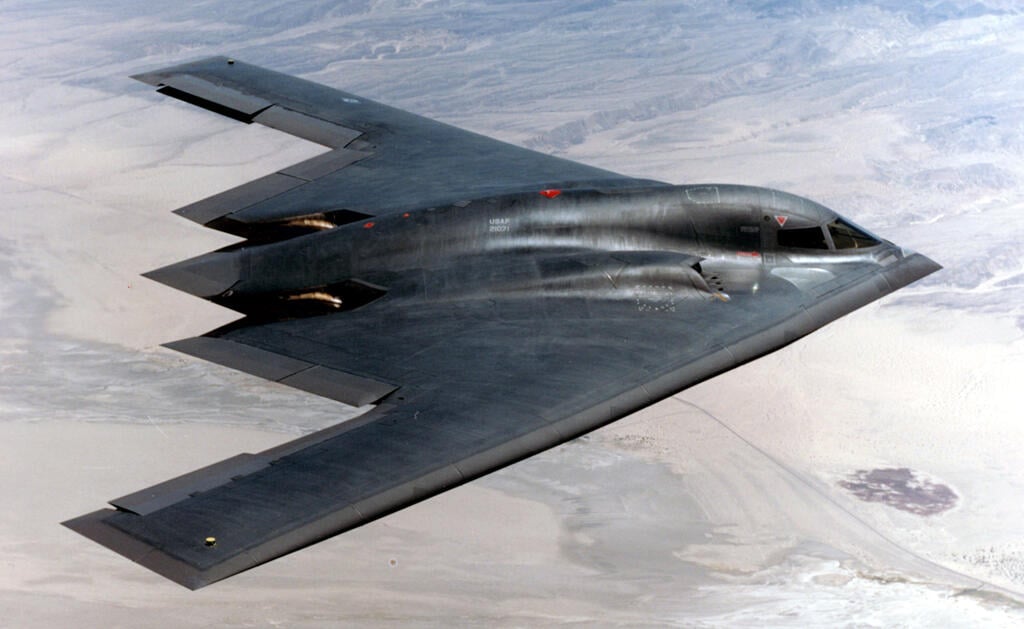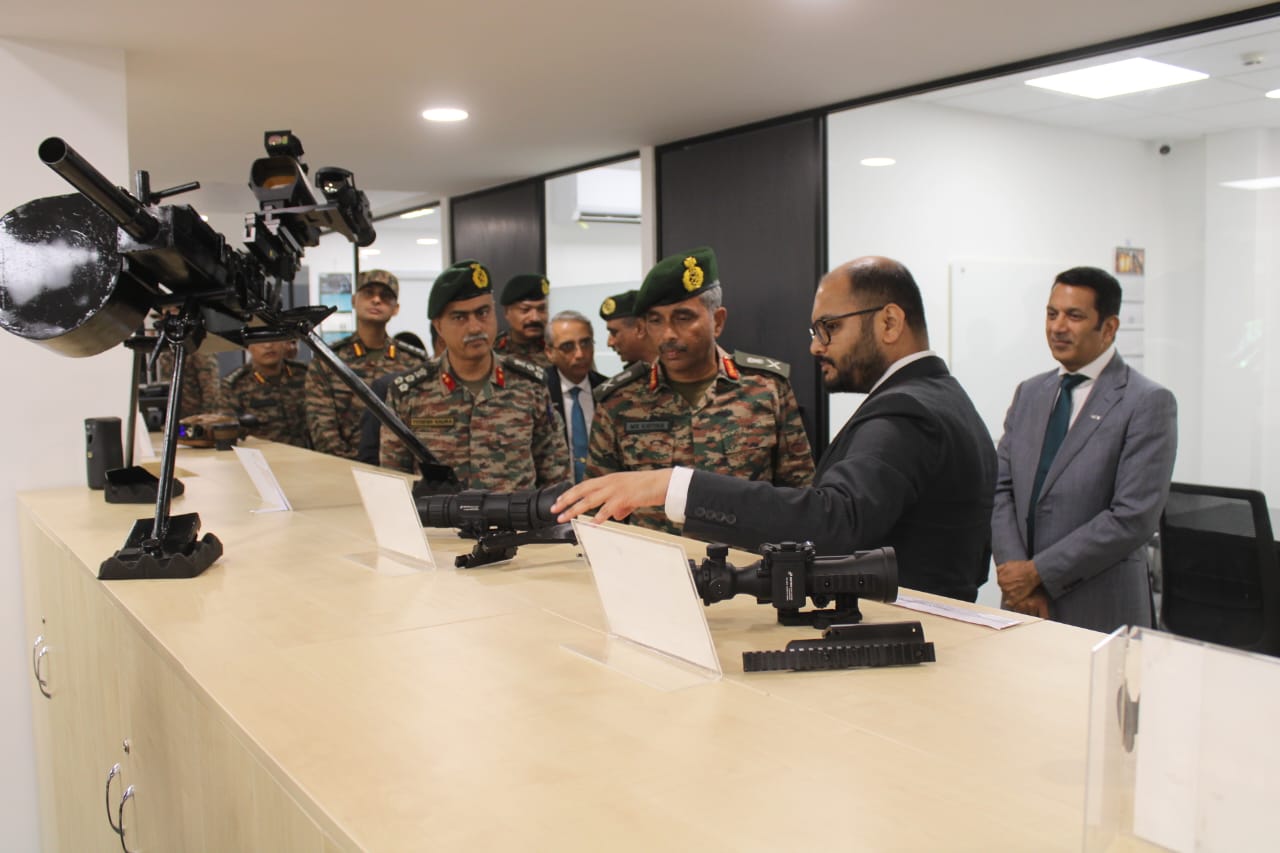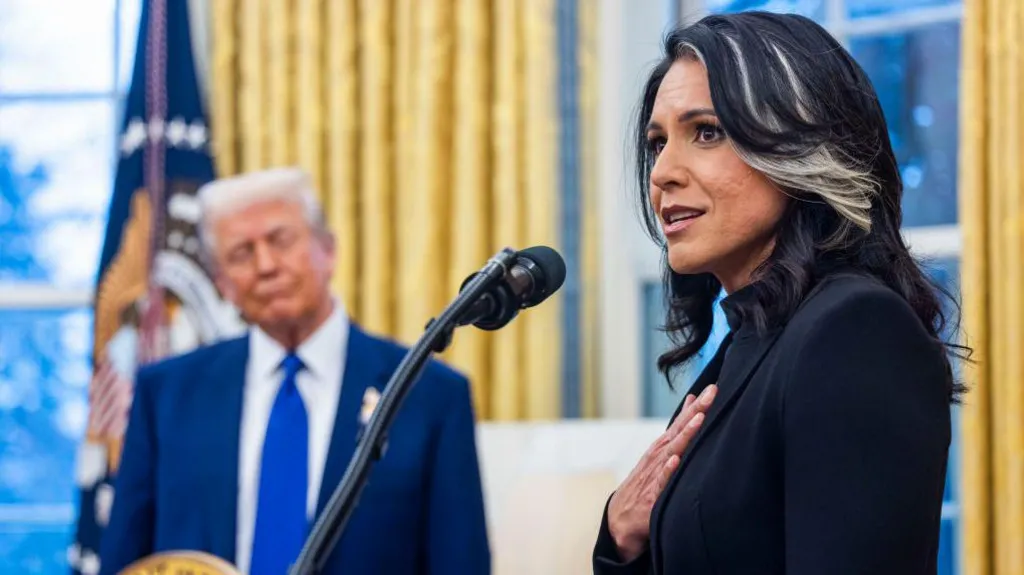General Upendra Dwivedi Reviews Kashmir Security Ahead of Shri Amarnath Yatra 2025
Chief of Army Staff General Upendra Dwivedi undertook a high-level security review in Kashmir today in preparation for the Shri…
Fresh UK Crew to Land in Kerala for Inspection of Grounded F-35B Fighter
A team of over 30 personnel from the British Royal Navy is expected to arrive soon in Kerala with spare…
Sheltering Underground, Iran’s Supreme Leader Names Successors Amid War with Israel
As Israel’s airstrikes pound the Iranian capital in the most intense military assault since the 1980s Iran-Iraq war, Supreme Leader…
B-2 Stealth Bombers on the Move as Trump Returns to White House
A formation of six U.S. Air Force B-2 Spirit stealth bombers has been spotted en route to Guam from Whiteman…
Indian Army Deepens Defence Innovation with IIT Kanpur, MKU, and Adani Defence
In a strategic push to enhance military preparedness and technological self-reliance, the Indian Army’s Western Command, led by Lieutenant General…
Tulsi Gabbard Warns Iran Could Build Nuclear Weapon ‘Within Weeks’
Tulsi Gabbard has said that Iran could now produce a nuclear weapon “within weeks,” marking a sharp shift from her…

